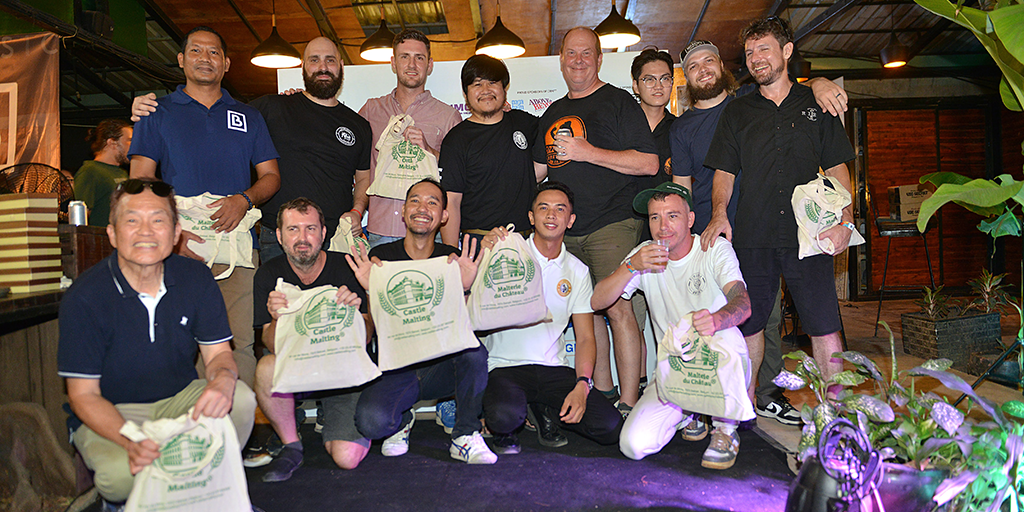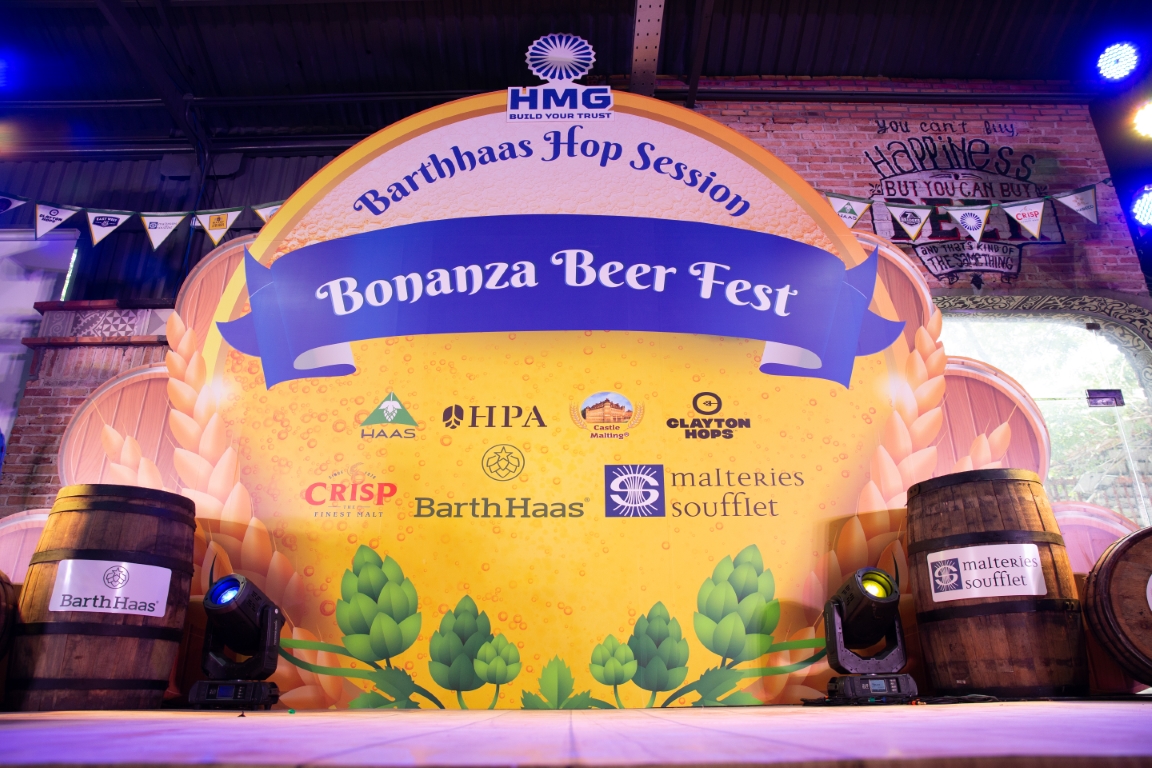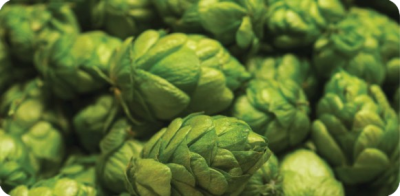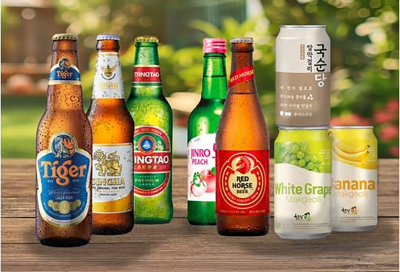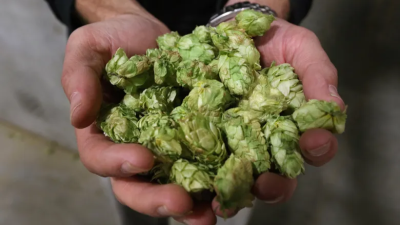Searching the world of hops and brewing to bring you the latest news and research ... so you don’t have to!
There is life on hops
The natural biodiversity of yeasts still receives comparatively little attention. In this study, the authors investigated yeast species that had only previously been found on Humulus lupulus L. The yeast and microfungi species identified on wild hop plants in this study are: Rhodotorula mucilaginosa, Papiliotrema flavescens, Moesziomyces aphidis, Debaryomyces hansenii, Hanseniaspora uvarum, Fusarium sporotrichioides, Meira spp., Wickerhamomyces spp., and Starmerella spp.
A wide range of potential applications for these organisms are currently being investigated. These include oenological and brewing applications, biotechnological applications such as carotenoid synthesis and plastic polymer degradation by R. mucilaginosa, and plant protection applications such as those of P. flavescens. This study only sampled sites with significant anthropogenic influences.
René Rehorska, Alina Böhm, Angela Schöpfer, Gebhard Sauseng, Gisela Sauseng, Gunter Almer, Chiara Marlen Mayer, Andreas Reisner, Simon Hans Berner and Barbara Pöllinger-Zierler; Humulus lupulus L. - Yeasts found on wild-growing hop plants and preliminary insights in their brewing characteristics; BrewingScience, 77 (November/December 2024), pp. 150-160
For more fruitiness, use old hops!
During ageing, hops undergo a breakdown of alpha and beta acids, accompanied by a significant increase in the concentration of short-chain fatty acids (BCFAs). These include isobutyric acid (IBA), isovaleric acid (IVA) and 2-methylbutyric acid (2MBA). These three compounds have rancid, cheesy and/or sweaty flavors and are considered “off-flavors”. However, BCFAs enhance the flavor intensity of monoterpene alcohols (linalool, geraniol and β-citronellol) and thereby alter the flavor profile.
In this study, the focus was on BCFAs in aged hops. The concentration of all BCFAs in hops increased in all varieties throughout the aging period, with a strong increase between the 9th and 12th month. In the thiol-containing hops, the concentration of 3S4MP decreased between 6 and 12 months, while the concentration of 4MSP decreased gradually but remained at a relatively high level. Model beers were spiked with several combinations of monoterpene alcohols, 4MSP and BCFAs. It was found that BCFAs generally enhanced the fruity aromas and mouthfeel of the model beer. In addition, it was found that although rancidity can be perceived depending on the dosage of aged hops, the positive aromas of sweet and tropical fruits increase at a dosage of only 0.1 g/L.
Chisa Tanigawa, Seishu Otori, Kiyoshi Takoi, Atsushi Tanigawa and Toshihiro Kiyosaki Effects of branched-chain fatty acids derived from aged hops on the aroma of beer brewed with flavour hop varieties BrewingScience, 77 (November/December 2024), pp. 118-134
Should I be concerned about pesticide residues in beer?
The use of pesticides in hop cultivation raises concerns about pesticide residue transfer into beer. This study investigated the transfer rates of PRs from hops to beer throughout the brewing process. To accomplish this, a spiking technique was employed to simulate elevated concentrations of relevant active ingredients on hops. The accuracy of this technique was evaluated using samples that were originally contaminated. Transfer rates ranged from 0% to over 70% and depended largely on the solubility of the active ingredients. TRs were similar for brewhouse hop addition and dry hopping. Fermentation, stirring, centrifugation, and filtration only minimally influenced the TRs.
A total of 78 tests were conducted on 98 wort and beer samples, yielding the following specific results:
The 21 analyzed active ingredients can be divided into four groups based on their solubility or TR. Three are not soluble, six are poorly soluble, eight are moderately soluble, and four are highly soluble. For dry hopping, the average TR of moderately to highly soluble PRs is approximately 20% in the tank and 40% in the keg. This is likely due to more intensive mass transfer. Adding hops to the hot section resulted in only slightly higher TR than dry hopping. No correlation was observed with the time of addition. The average TR of moderately to highly soluble PRs was between 40% and 60%.
No effect of boiling time on the TR of moderately to highly soluble substances was observed. An intensive addition of 500 g/hl of hops in the brewhouse and an additional 500 g/hl during dry hopping produced an average TR of 54% in the wort, 36% in the tank, and 42% in the barrels. At very high dosages in the wort, only about 27% could be dissolved during dry hopping, indicating a moderate saturation effect. Only the three poorly soluble compounds can be reduced by centrifugation or filtration. In contrast, more soluble active ingredients do not decrease, or only slightly, when trub particles are removed.
Adrian Forster, Florian Schüll, Andreas Gahr, Roland Schmidt, Alois Faltermeier, Reinhold Kugel and Silvana Laupheimer, Transfer of Hop Pesticide Residues into Beer during Brewing Process, BrewingScience, 77 (November/December 2024), pp. 161-171
Source: Barthhaas.com

